sell, identify, or repair weapons at the blacksmith's
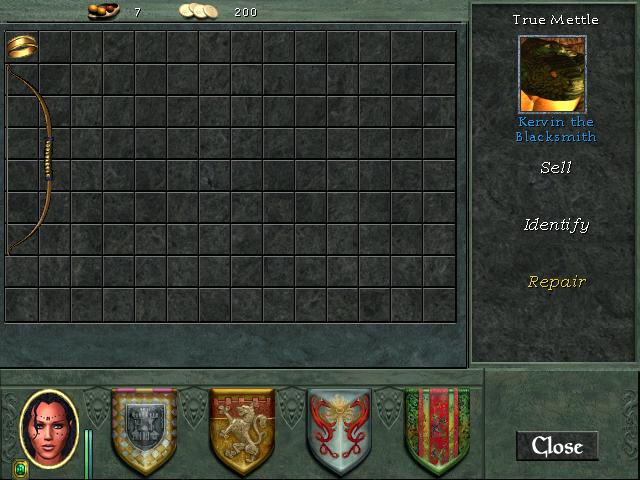
Description
The user interface (UI) in the image appears to be from a fantasy game, likely involving inventory management and character interactions. Here’s a breakdown of the labels and features:
-
Inventory Grid:
- At the center, there’s a grid, presumably for item management. It has several empty slots where items can be stored. The grid is organized but lacks visual separation between cells, which might suggest a clean design focusing on functionality.
-
Currency and Item Count:
- At the top left, there are icons representing items or currency. The numbers (7 and 200) likely indicate the quantity of items or coins the player possesses. This feature is crucial for managing resources in the game.
-
Character Profile:
- To the right of the inventory grid, there's a character image labeled "True Mettle," which likely represents an item or the status. Beneath it, the name “Kervin the Blacksmith” provides context for a character interaction, indicating that this element might pertain to crafting or trading.
-
Action Buttons:
- Below the character profile are labeled buttons: Sell, Identify, and Repair. These actions suggest different ways the player can interact with items or characters.
- Sell likely allows the player to exchange items for currency.
- Identify might be used to reveal hidden properties or qualities of an item.
- Repair presumably restores damaged items, enhancing gameplay strategy.
- Below the character profile are labeled buttons: Sell, Identify, and Repair. These actions suggest different ways the player can interact with items or characters.
-
Character Selector:
- At the bottom, there are colored shields or icons, which might represent different character classes or factions, providing visual cues that enhance player identification of their current profile.
-
Close Button:
- At the bottom right, the Close button serves as a functional element for exiting this UI, designed to be easily accessible for user convenience.
Overall, the UI combines a practical layout with aesthetic elements typical of fantasy genres, facilitating player interaction while maintaining an immersive experience.
Software
Might and Magic 8: Day of the Destroyer
Language
English
Created by
Tags
Sponsored
Similar images
learn a skill at the blacksmith's
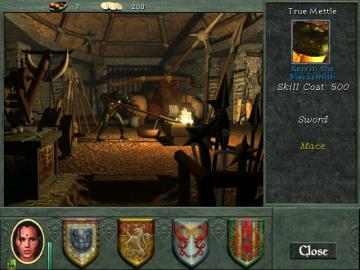
Might and Magic 8: Day of the Destroyer
The user interface (UI) in the picture presents various functional elements designed for interaction within a crafting or gameplay scenario. UI Elements:...
buy journey staff at the blacksmith's
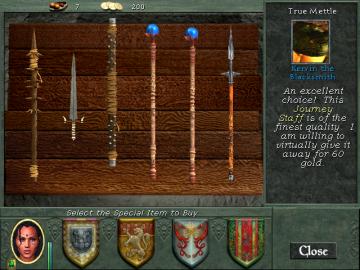
Might and Magic 8: Day of the Destroyer
The UI in the picture features several key components designed for user interaction and item selection in a medievalthemed environment. 1. Top Bar: Displa...
incantation complete: new game feature unlocked
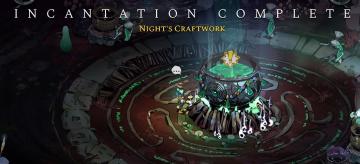
Hades II Early Access
The interface prominently features the title "INCANTATION COMPLETE" at the top, indicating a completed action or task. Below this, "NIGHT'S CRAFTWORK" serves as...
new upgrade maximum health and mana magic will be permanently increased
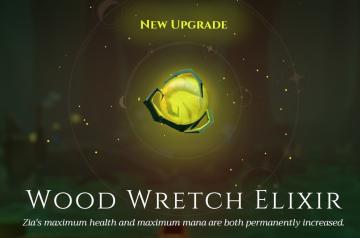
Mages of Mystralia
The user interface (UI) in the image presents a visually appealing illustration, designed to convey significant information about an upgrade feature in a game....
challenges 4
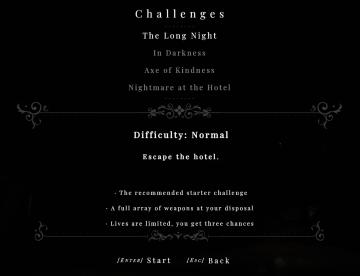
Maid of Sker
The UI in the image presents a menu for a gaming challenge selection, structured clearly to guide the player through the available options. Labels and Fea...
talk to Cinna
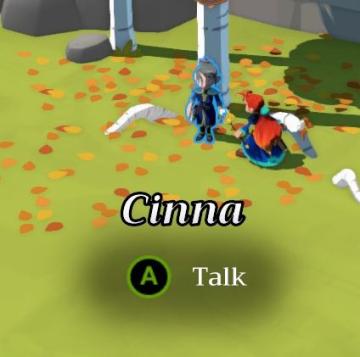
Mages of Mystralia
In the user interface (UI) presented in the picture, the primary feature is a dialogue prompt for an interaction with a character named "Cinna." Key Eleme...
volume settings
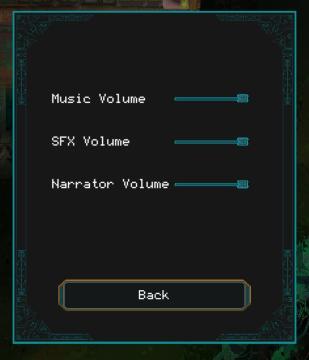
Children of Morta
Music Volume: Slider for adjusting the background music level. SFX Volume: Slider for adjusting sound effects volume. Narrator Volume: Slider...
grass (digging ok)
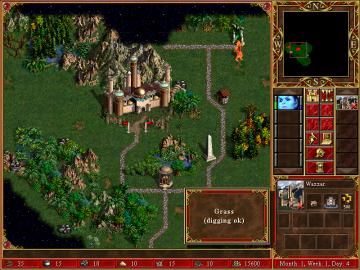
Heroes of Might and Magic 3: Complete
In the image, the user interface (UI) features a rich, detailed layout typical of strategy games, specifically from the "Heroes of Might and Magic" series. ...
 M S
M S